
Listed as the world’s best travel destination in 2021, such a cool place, there are few in the world
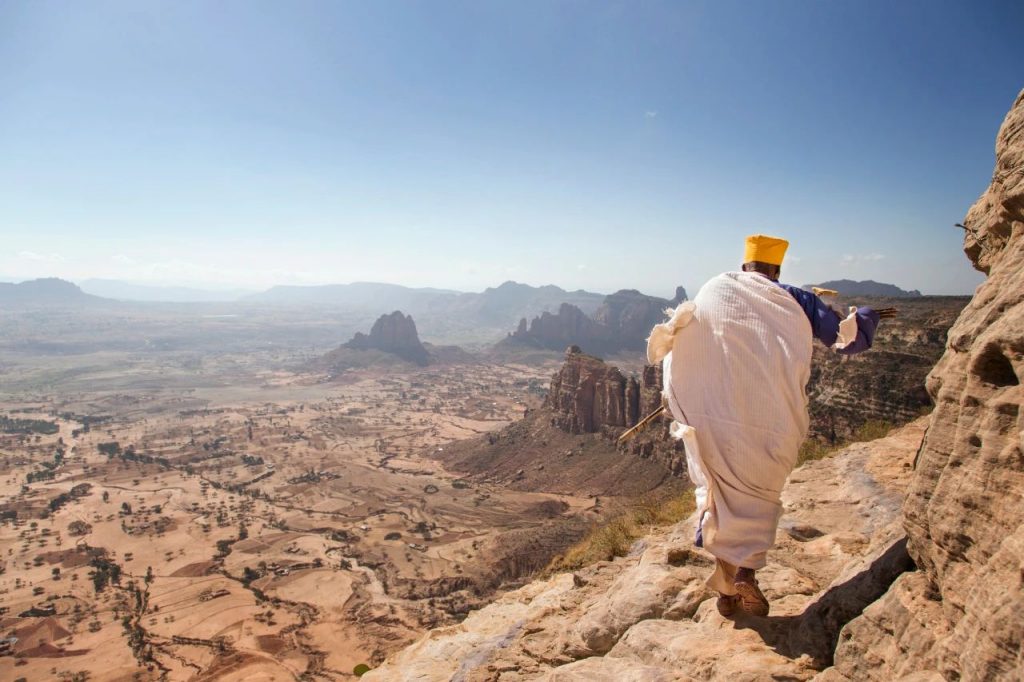
©Image by Philip Lee Harvey/Lonely Planet
Want to add an exciting and interesting adventure experience to your boring life? If you like trekking and adventure, like rocks, canyons and ancient and mysterious African traditional culture, then Tesfa Tours of Ethiopia, which is listed as the world’s best travel destination in 2021, will surely impress you. This trekking project combines nature and culture. To the extreme. The best part is that there are no crowds of tourists interrupting your trip! In addition, we have prepared a number of surprise experiences for you that should not be missed, let’s take a look~

©Image by Miguel A. Marti/Getty Images
The scenery of Ethiopia is magnificent and unforgettable. The enchanting environment composed of canyons, rift valleys, lakes, savanna and plateaus makes travelers excited, not to mention the intoxicating Danagil depression, where 25% of Africa’s active volcanoes are located, and the number is staggering .
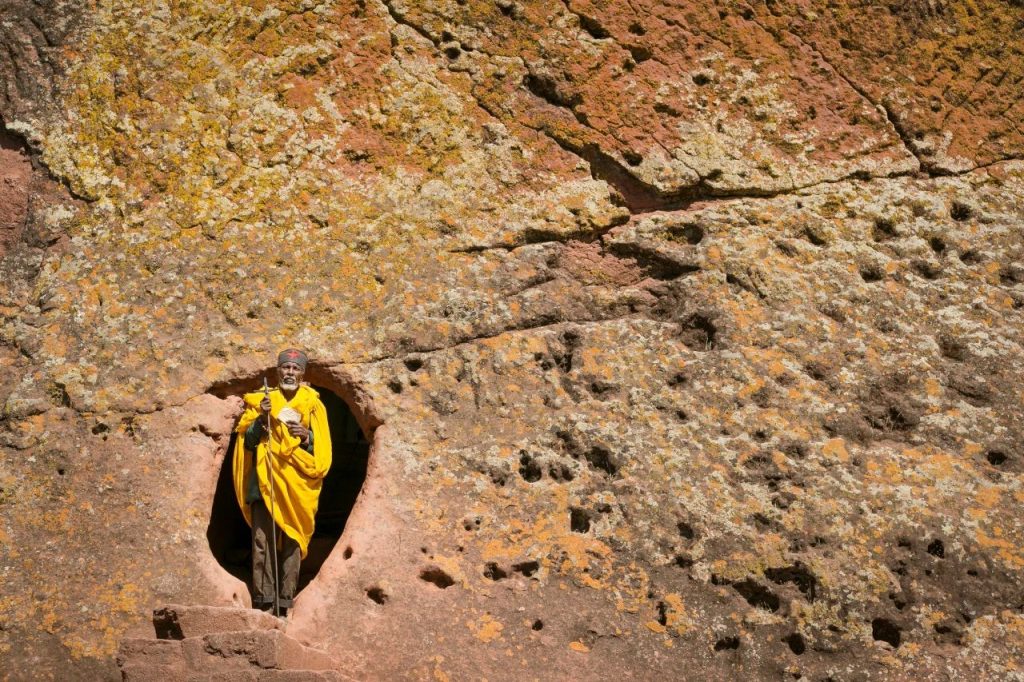
©Mikhail Cheremkin/Shutterstock
Ethiopia is one of the few countries in Africa that has not been under European colonial rule, so it also retains most of its native culture.
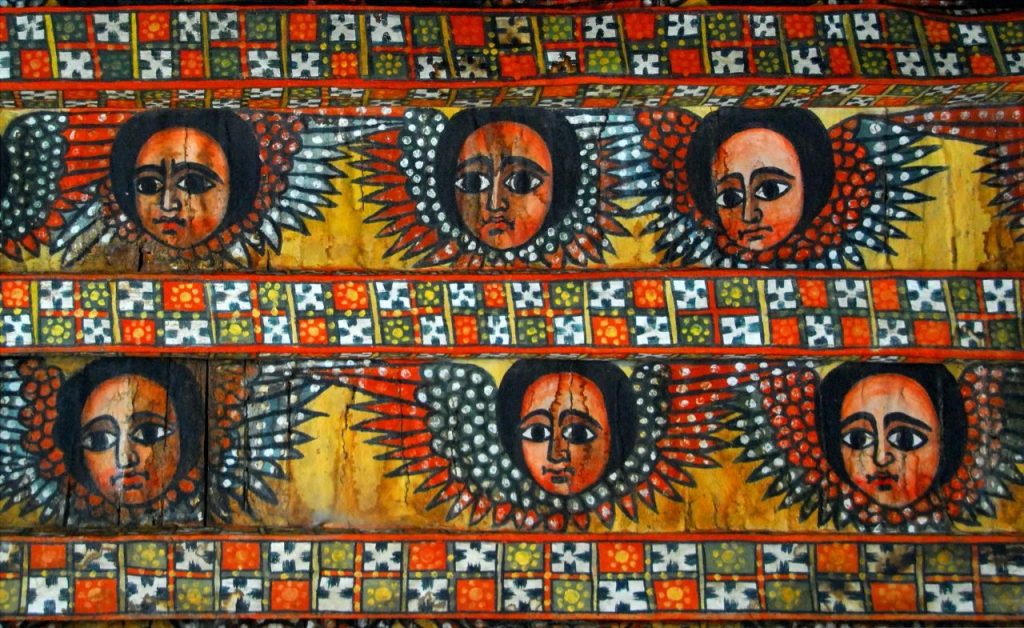
©Image by Philip Lee Harvey/Lonely Planet
Any kind of trip to the Horn of Africa will contain a highlight, that is, visiting the many ceremonies and festivals that are inseparable from the local traditional culture.

©Image by mtcurado/Getty Images
It may be a Christian, Islamic, or animist festival, or it may be an event in the village, such as a wedding, an important ceremony in life, or a local market day.
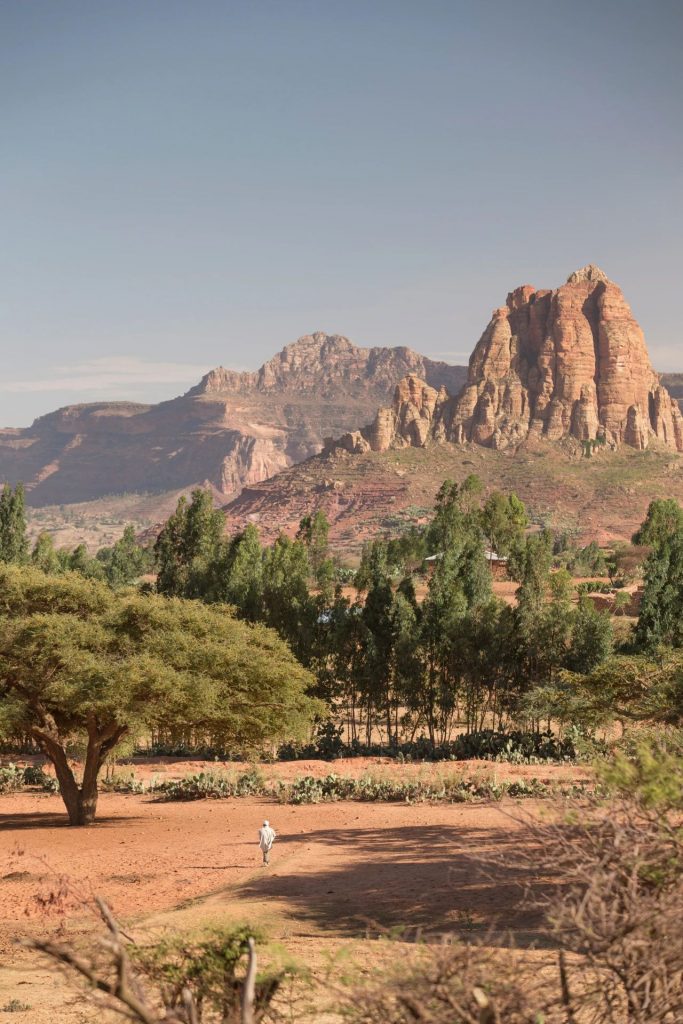
Key Afar Market © Rod Waddington,CC BY-SA 2.0
The vast and fertile highlands are full of valuable historical sites, ranging from ancient tombs and obelisks in Aksum to 17th-century castles.
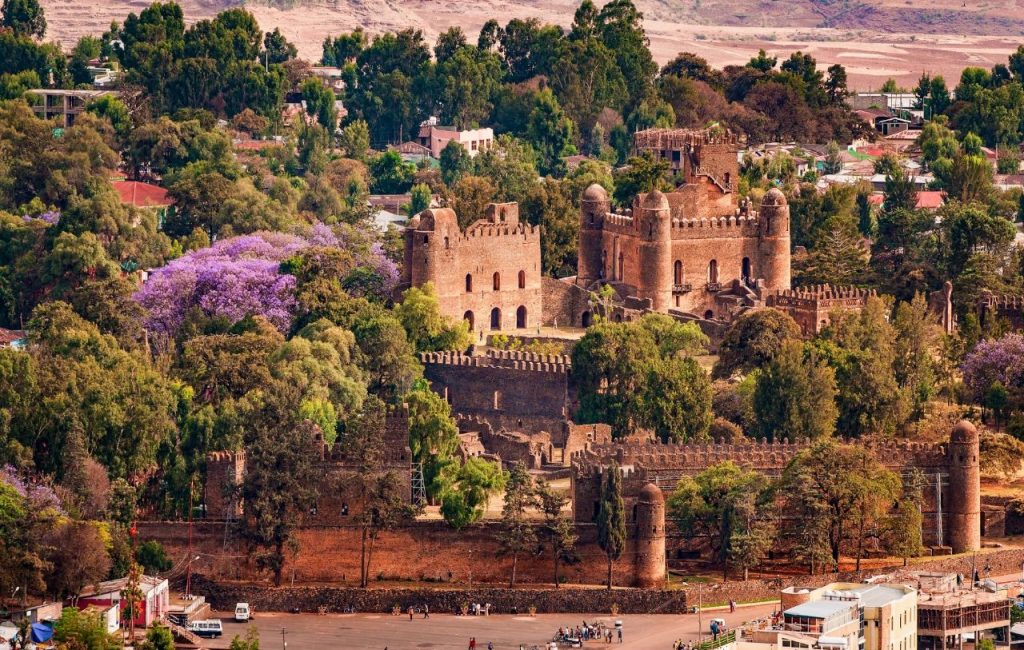
©Image by Philip Lee Harvey/Lonely Planet
It is called the “cradle of mankind” for no reason: Archeologically speaking, Ethiopia’s position in sub-Saharan Africa is comparable to Egypt’s position in North Africa.
01.Tesfa Tours
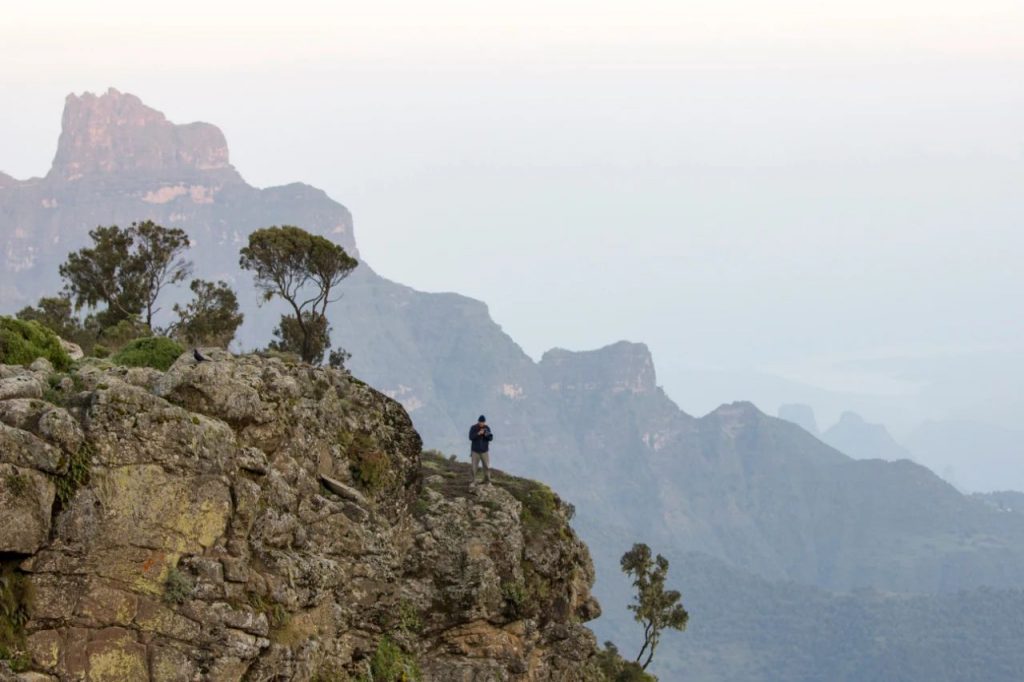
©Csilla Zelko/500px
Tesfa Tours, led by locals, provides a walking tour with a variety of perspectives. It is listed on the Lonely Planet 2021 World’s Best Travel Destination List, which can take you through the extraordinary beauty of Ethiopia. On the way, travelers will be treated with hospitality in the villagers’ homes. The team tour proceeds will be directly used to support community development. Nelson Mandela likened Ethiopia to “the mother ship of Africa.” Because of Ethiopia’s mythical history, ancient and diverse African civilization, unique flora and fauna, and unparalleled beauty. Follow the local guide of Tesfa Tours and embark on a walking tour to fully appreciate and enjoy this incredible country.

©Santiago Urquijo/Getty Images
The guide will take you through the grassland, until you reach the cloud-covered Simien Mountains (Simien Mountains) plateau. The 6600-foot (2012 m) cliffs are dazzling, and there are lion-tailed baboons jumping up and down on the mountain, and the air is flying in the air. Gliding vulture.
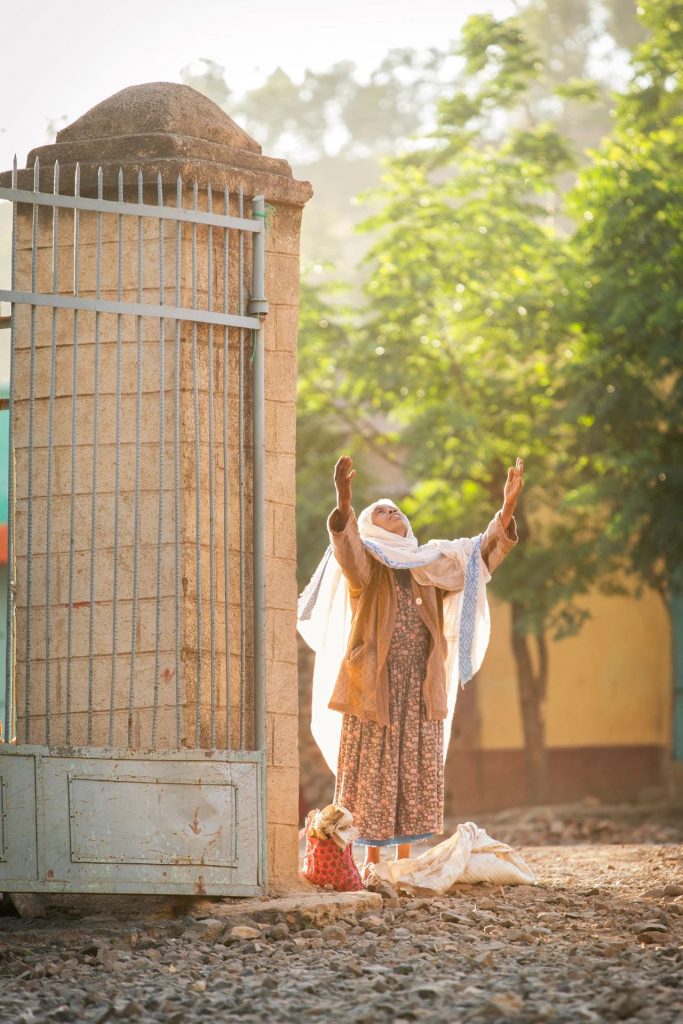
©Image by Philip Lee Harvey/Lonely Planet
In Tigray, they explain the religious legends in the frescoes, where the towering church is located on a strange red sandstone peak. In Wolfo (Wollo), they introduce you to the villagers who pull cattle to plow the land. As usual, the villagers will pour you a cup of coffee on the land where the world’s first cup of coffee came out.
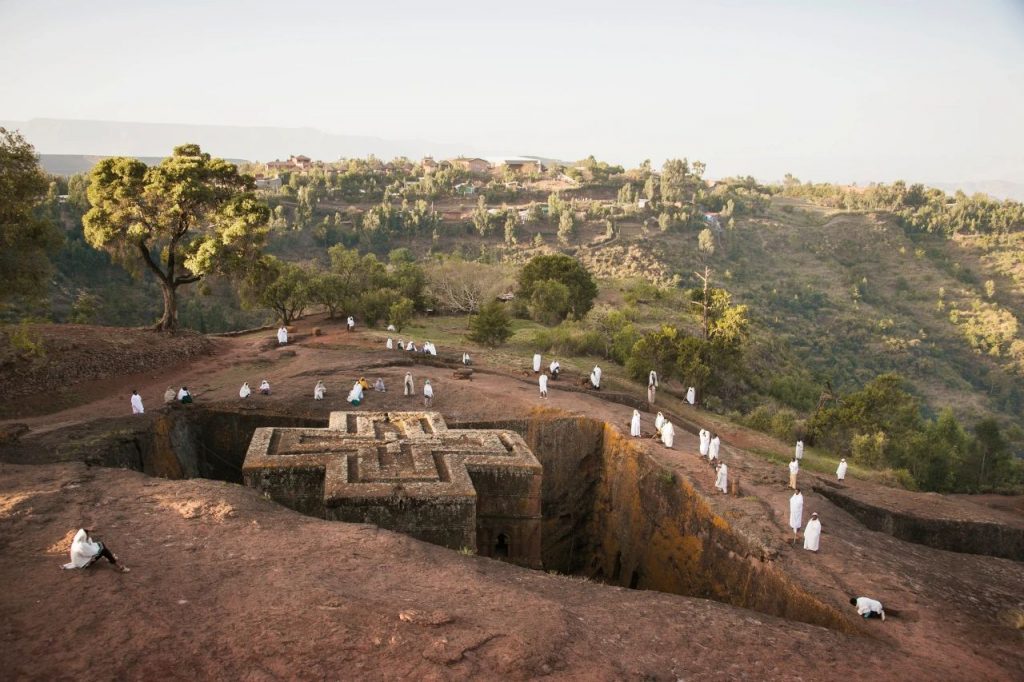
©Image by Philip Lee Harvey/Lonely Planet
Apart from hiking and tracing wild animals such as Ethiopian wolves and Arabian baboons, you can also visit the market in the morning and wander the intricate alleys in the afternoon; the alleys lead to Lalibela, a UNESCO-protected area. There are 11 churches, and the church building is made of basalt stone, which is a unique style. In the evening, the local host will give you a few glasses of honey wine and a few plates of Ingila (leavened bread) with spicy stew. After that, you can enjoy your dreams in a traditional igloo (thatched hut) in a pleasant environment.
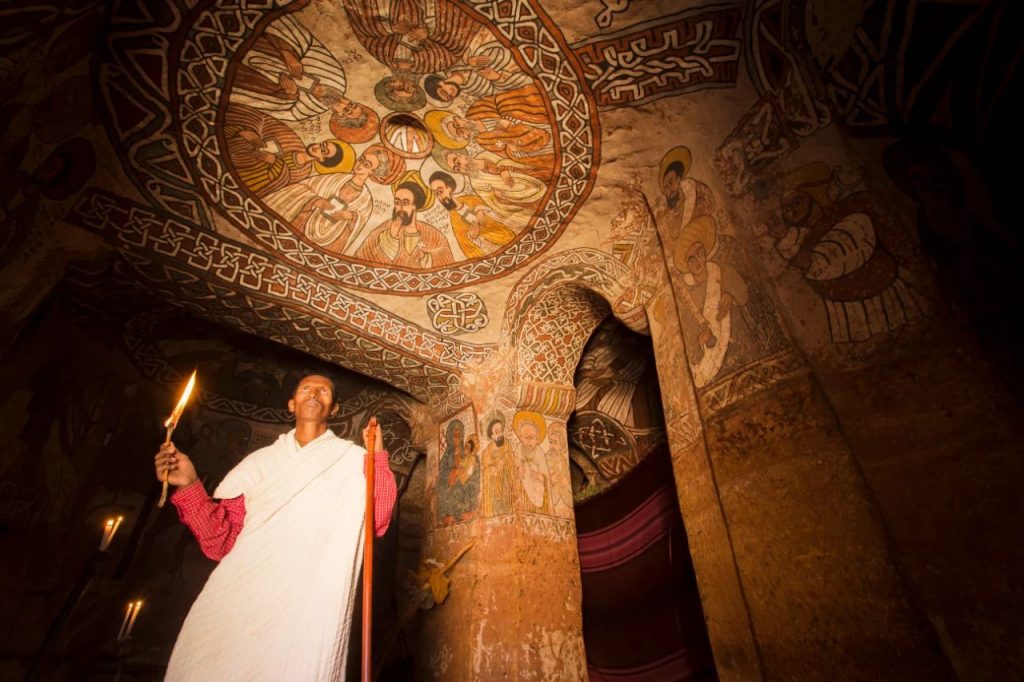
©Image by Philip Lee Harvey/Lonely Planet
Legend has it that Adam and Eve once lived near Mescha Lodge. This hotel is located on the edge of Wof Washa Forest, overlooking the huge Rift Valley. There is no doubt that a walking tour of Tesfa can make your life more fulfilling, and the locals you visit can also benefit from them. They can get 80% of the hiking cost each time. The best travel is this: sustainable, without filters, unforgettable.
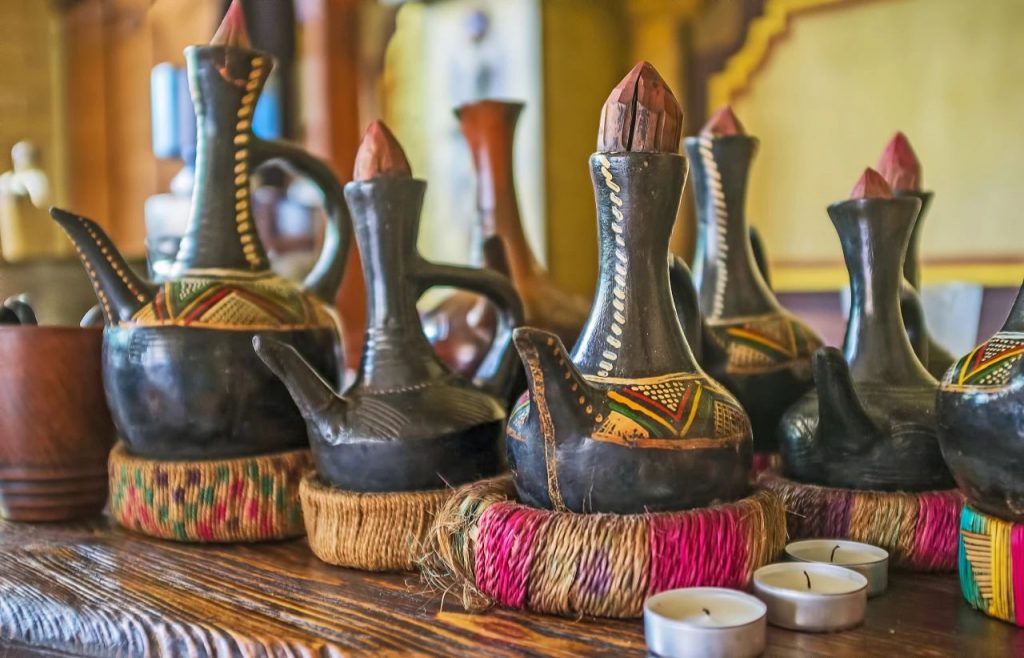
© Philip Lee Harvey/Lonely Planet
02. Coffee
coffee
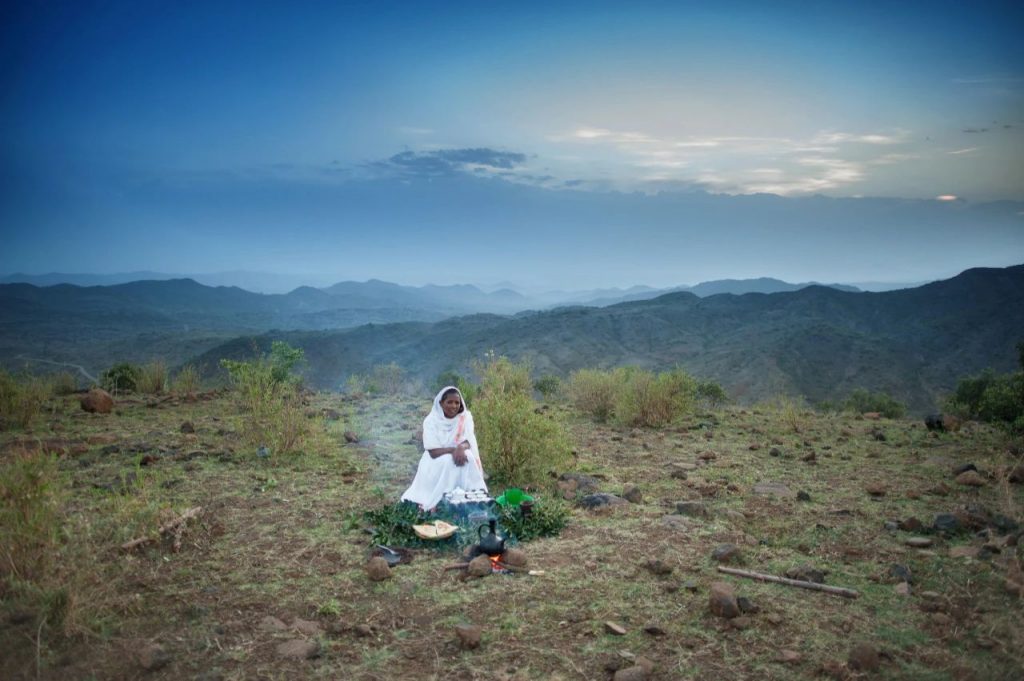
©Image by eFesenko/Shutterstock
Welcome to Ethiopia, the birthplace of coffee! Nowadays, the coffee that has swept the world has a very humble background. According to legend, coffee was discovered by an Ethiopian herder named Kaldi in the 9th century. He found that sheep became energetic after eating a certain plant, and this plant is what we call coffee tree today (Latin name “coffea arabica”). Regardless of whether the legend is true or false, Ethiopia’s title as the birthplace of coffee in the world is by no means an understatement, because the Arabica coffee tree is indeed a native species on the plateaus of southwest Ethiopia, and the coffee tree (and coffee) indeed started here. Conquer the world.
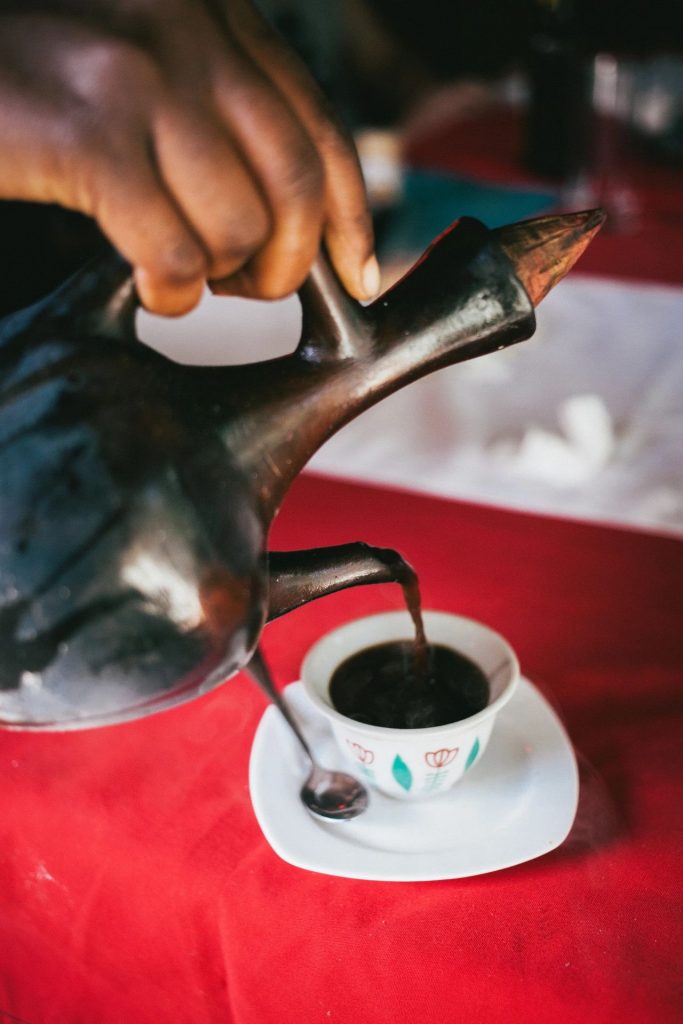
©Image by wilpunt/Getty Images
To understand the true meaning of Ethiopian coffee culture, we must first go back to the source. In ancient times, drinking coffee was not only a way of hospitality for locals, but also a central part of local social and eating activities. A famous coffee ceremony was formed in a subtle way. Whether it is family gatherings or business meetings, locals will always hold a coffee ceremony after the meal. The first thing is to put on the incense burner, use gum (locally called “etan”) to enhance the sense of ritual. There is a small charcoal stove in the middle. The owner sits on a low stool and throws freshly cut grass around-this symbolizes nature Of gifts. Afterwards, the host will put coffee beans in the pan and roast them on the charcoal stove, and the guests will come over, take a deep breath of the mellow coffee, and say “betam tiru no” (meaning “Miao!”). This expression of gratitude and appreciation. After roasting, the owner will mash the coffee beans into powder with a pestle and mortar, and then start brewing.

©Image by Jakob Polacsek/Getty Images
The brewing time is completely controlled by the owner. After brewing, the owner will put the coffee in a small porcelain cup and put at least 3 spoons of sugar in it for the guests to enjoy. The host will offer a total of 3 courses of coffee. The last key one is called “berekha” (berekha), which means “blessing” and has a profound meaning.
03 Harar
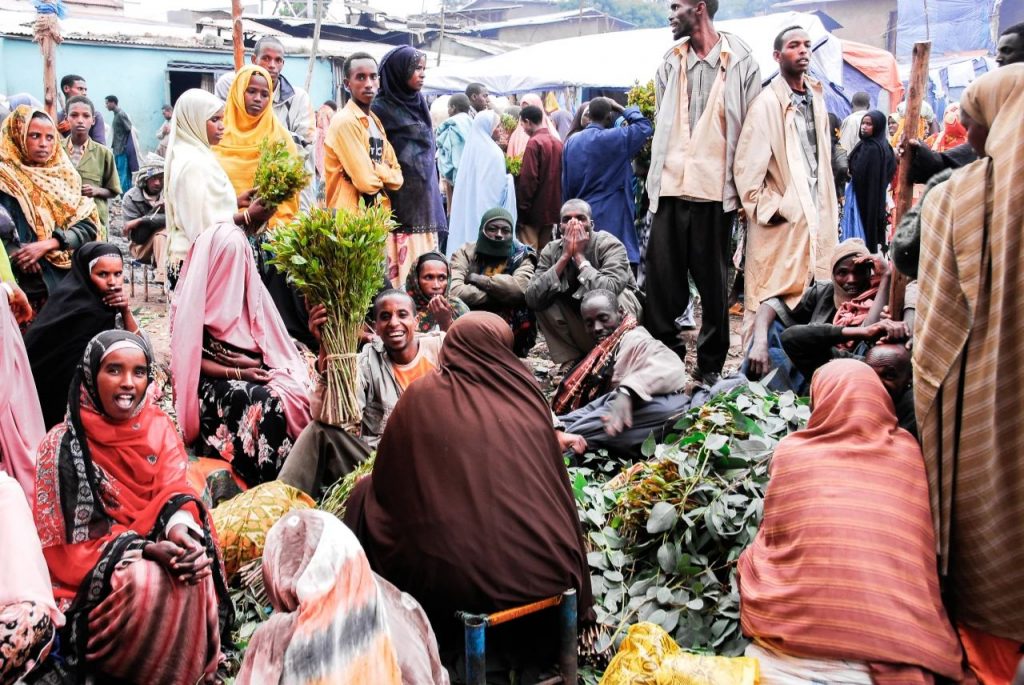
©Image by Dereje Belachew/500px
Harald is by far the most interesting city in Ethiopia, and the exploration process is full of joy. Losing your way in the winding alleys is as fascinating as visiting the numerous museums, markets and traditional houses within the ancient city walls.
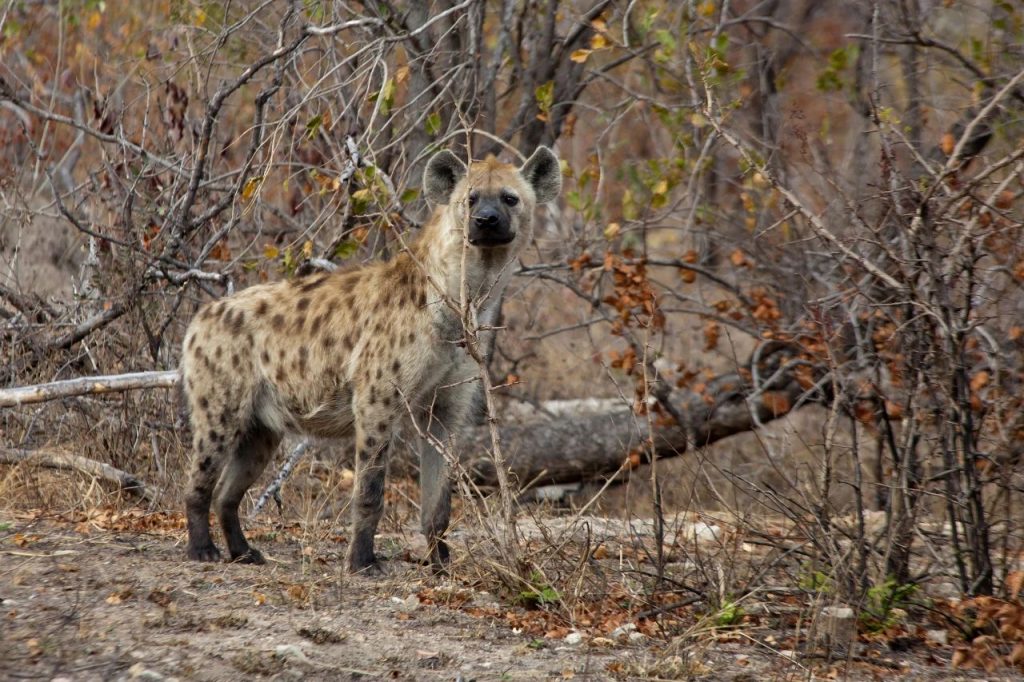
©Image by Alberto Loyo/Shutterstock
In addition, you can see hyenas here. Some people will feed them with their hands and let you try them. These large carnivores will wander around the city. You are likely to encounter one when you go out for a walk at night. Fortunately, they can find enough ground meat to feed themselves, so they are not interested in people.
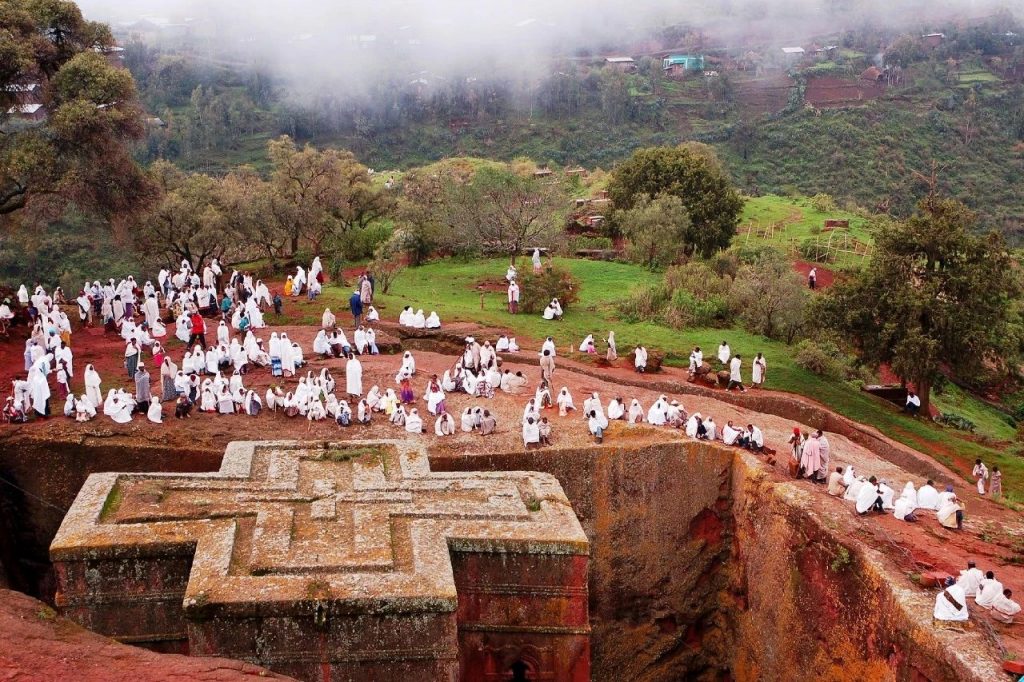
©Image by Mariette Vogel/Shutterstock
04.Lalibela
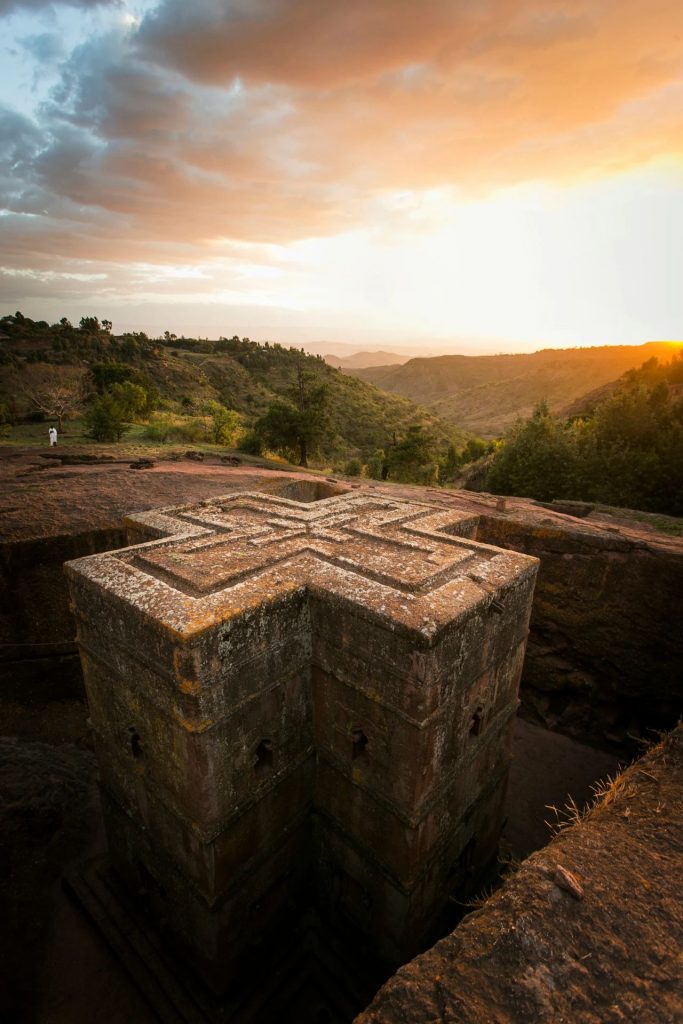
©Jon Bratt/Getty Images
Even if I have seen Lalibela’s Rock Church on TV and in books, it will be quite shocking when I walk in. These churches that are still in use are entirely carved out of the rock, magnificent and beautiful, and most of them are in excellent condition.
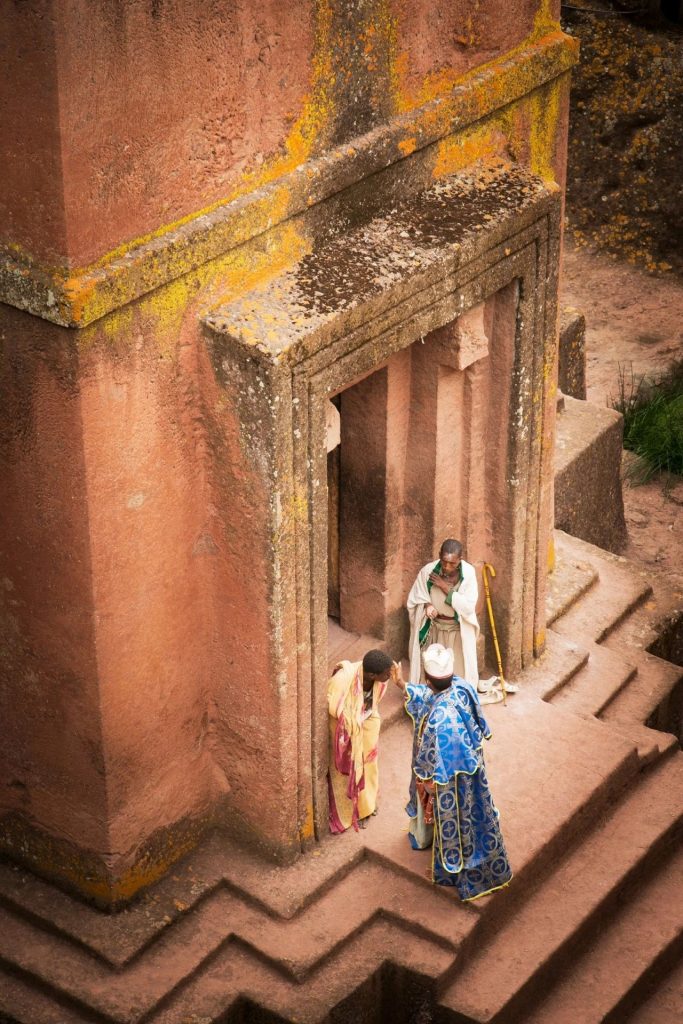
©Image by Philip Lee Harvey/Lonely Planet
There are many local legends about the origin of the church. One of them is that the king at the time wanted to build a new “Jerusalem” so that pilgrims would no longer have to take a long and dangerous road to the real Jerusalem. Local people will come to the church in the early morning to seek blessings and enlightenment. Visiting at that time can see the mysterious side of the church.

©Philip Lee Harvey/Lonely Planet
05.Bale Mountains
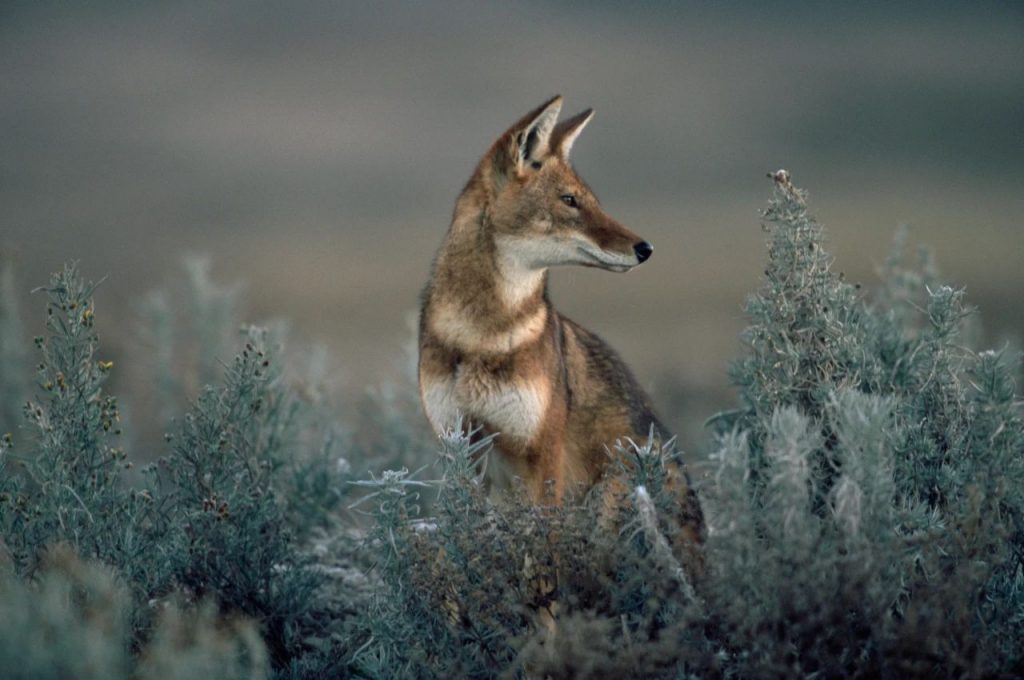
©NaturesMomentsuk/Shutterstock
Ethiopian wolves are the rarest canids in the world, and you can definitely see them on the Sanetti Plateau, 4000 meters above sea level in the Bell Mountains. The scene of wolves hunting huge moles, the fairy-tale forest with “old man’s whiskers” and the steep Harenna Escarpment will surprise you.

©Image by Anup Shah/Getty Images
Although the Bell Mountains are a great hiking spot, if you drive along the highest all-weather highway in Africa, you can enjoy the mountain scenery without getting out of the car.

©M G Therin Weise/Getty Images
06.Simien Mountains

©Radek Borovka/Shutterstock
The Simen Mountains are a miracle of nature. The deep canyons and the strangely shaped rugged mountains constitute a wonderful scenery. If you see such a scenery in a painting, you may suspect that it is not real.
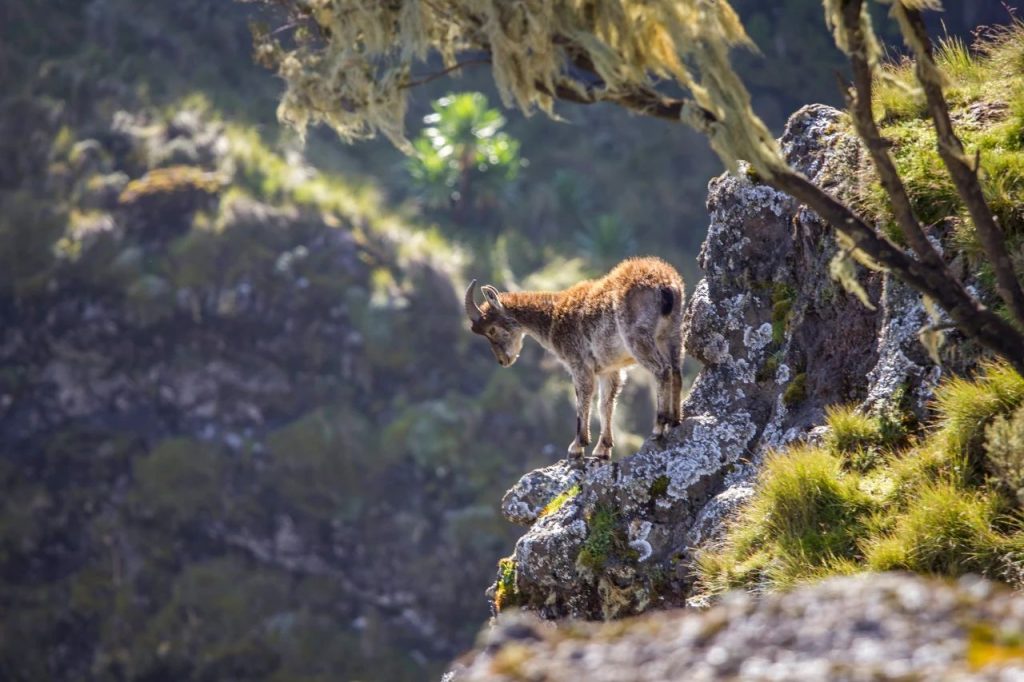
©Bente Marei Stachowske/Getty Images
This is an important protection area for the unique wildlife of Ethiopia. The experience of sitting with a group of docile lion-tailed baboons in Sankaber base camp will make you unforgettable for a lifetime. This is a great place for hiking and can be easily reached by car.
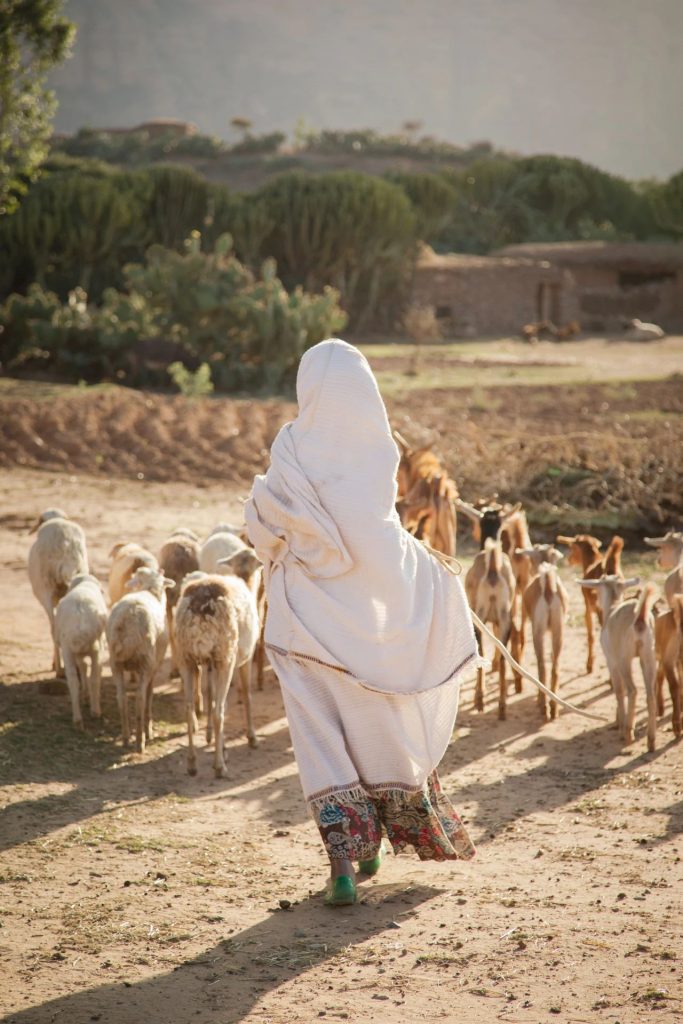
©Image by Santiago Urquijo/Getty Images
07.Tigray

©Image by Philip Lee Harvey/Lonely Planet
Tigray’s ancient rock church is hidden in the arid countryside like a treasure, and it will really amaze you. Some of these churches are carved out and some are built. Most of them are located on the edge of remote cliffs. It takes a long way (sometimes to climb on steep slopes) to reach, and the sense of accomplishment of finding a church is also Part of its appeal. However, the value of the church in terms of art and history is a major attraction in itself.

©Richard Collins/Getty Images
08. Gonder
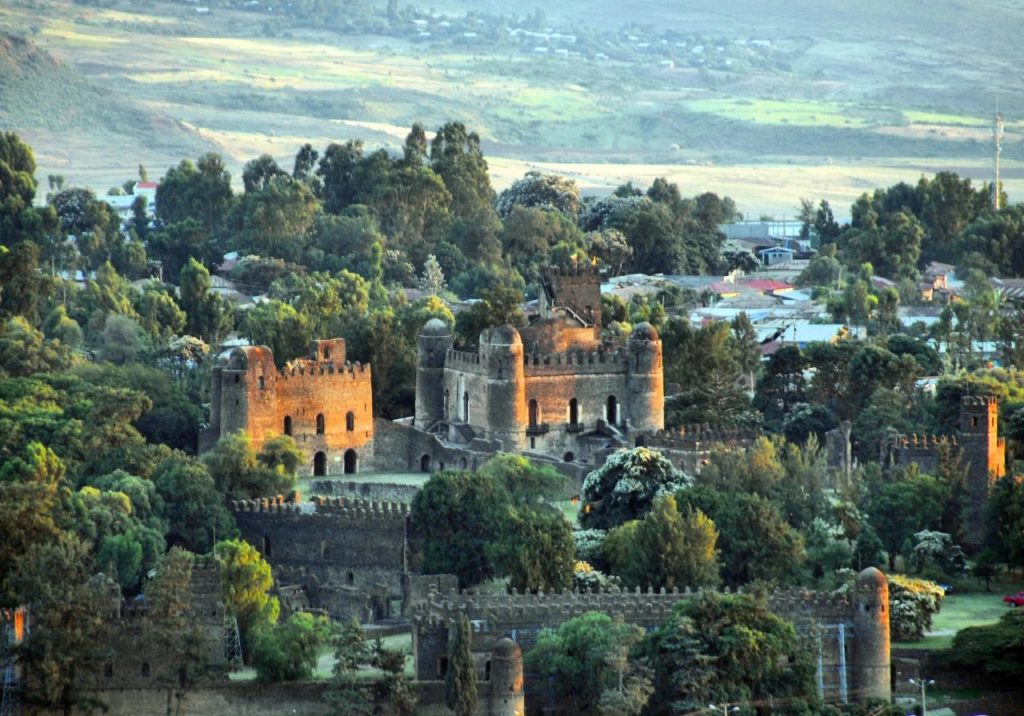
©Image by mtcurado/Getty Images
Gondar is a historical treasure house. There are 6 medieval palaces and many legends within the walls of the Royal Enclosure. Walking between the palaces, it is easy to think of the grand banquets held here in the past.

©trevor kittelty/Shutterstock
A little further away are the tranquil and emotional ruins, including the Fasiladas’ Bath, the ruins of the Royal Palace (Kuskuam), and the Debre Berhan Selassie Church. The church was almost destroyed by Sudanese Sufi Muslim Delvish who was looting everywhere, but fortunately, a swarm of bees “successfully rescued.”
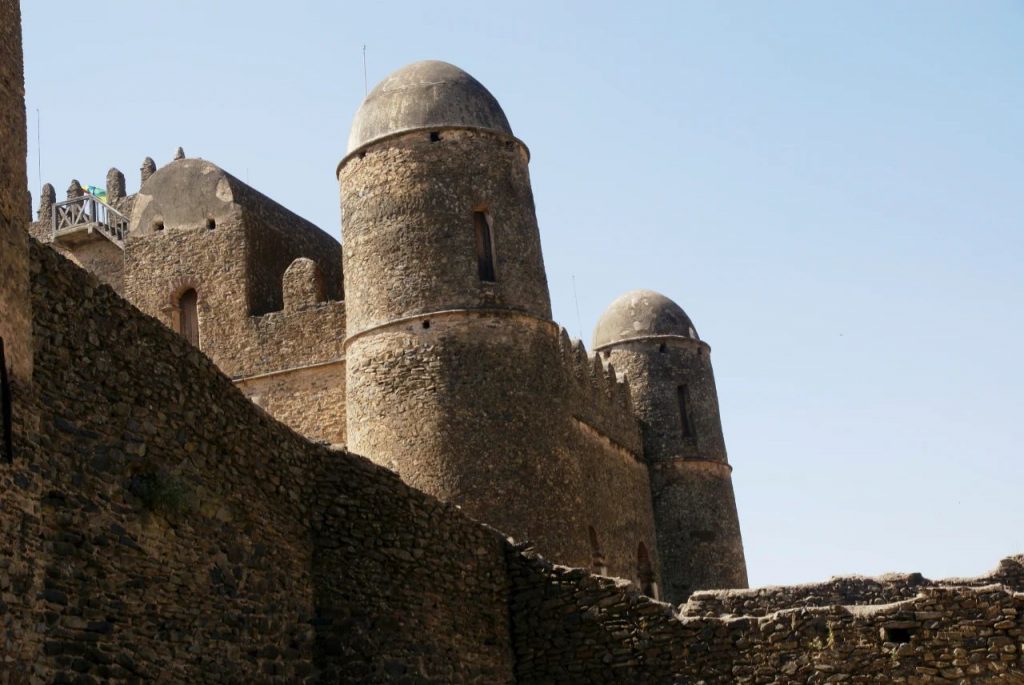
©Image by PhotoStock -Israel/500px
09.Danakil Depression
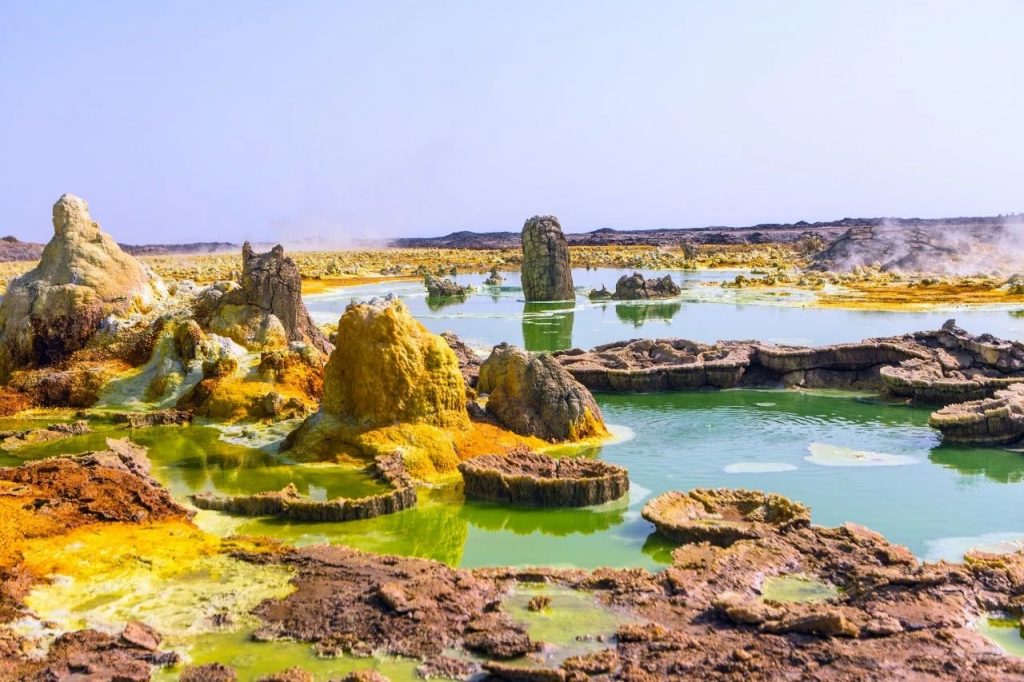
©Einat Klein Photography/Shutterstock
The Danagir depression formed by the active volcano has a continuously active lava lake and a large area of yellow-orange sulphur rock. Just as interesting as the scenery are the friendly and friendly Afar people, who are struggling to survive on this hot and cracked plain.
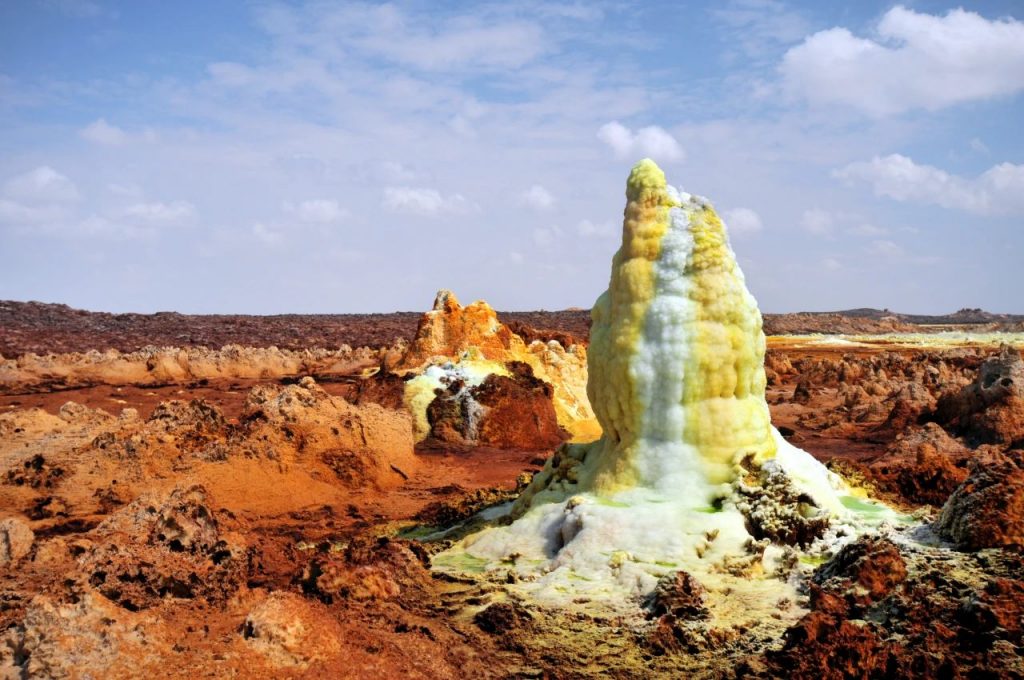
©Image by Matejh photography/Getty Images
Although there are regular tour groups going deep into the Danagil depression, it is not easy to travel here because of the lack of roads and convenience facilities, and the abnormal temperature.
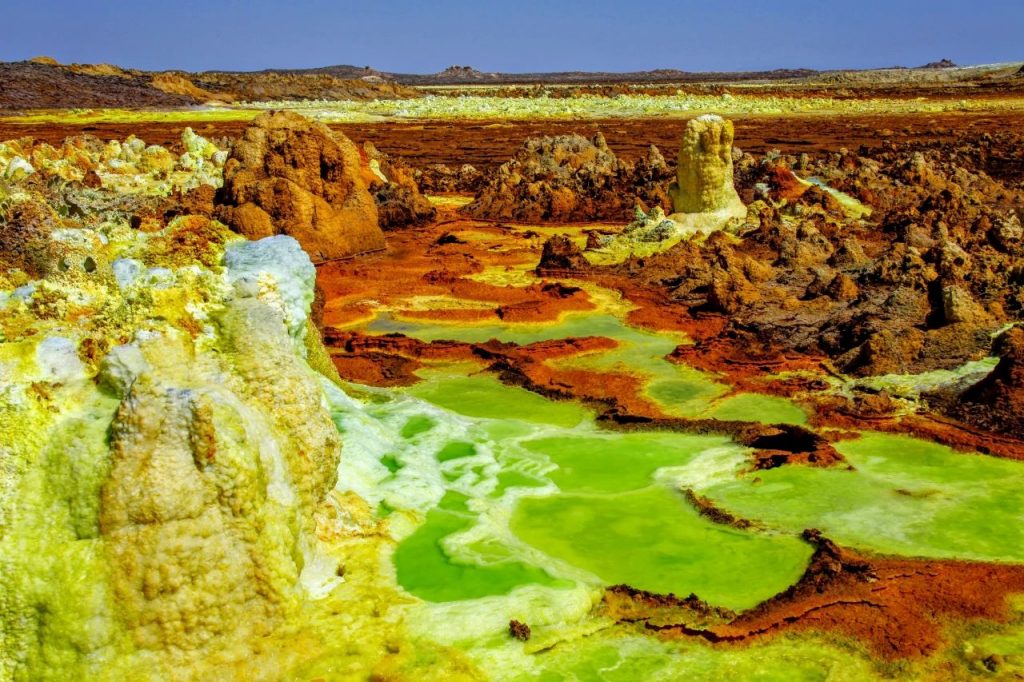
©Image by Tanguy de Saint-Cyr/Shutterstock
It may not be pleasant enough here, but the feeling of exploration is very real. The best way to visit this area is to join a group tour organized by a well-known travel agency.
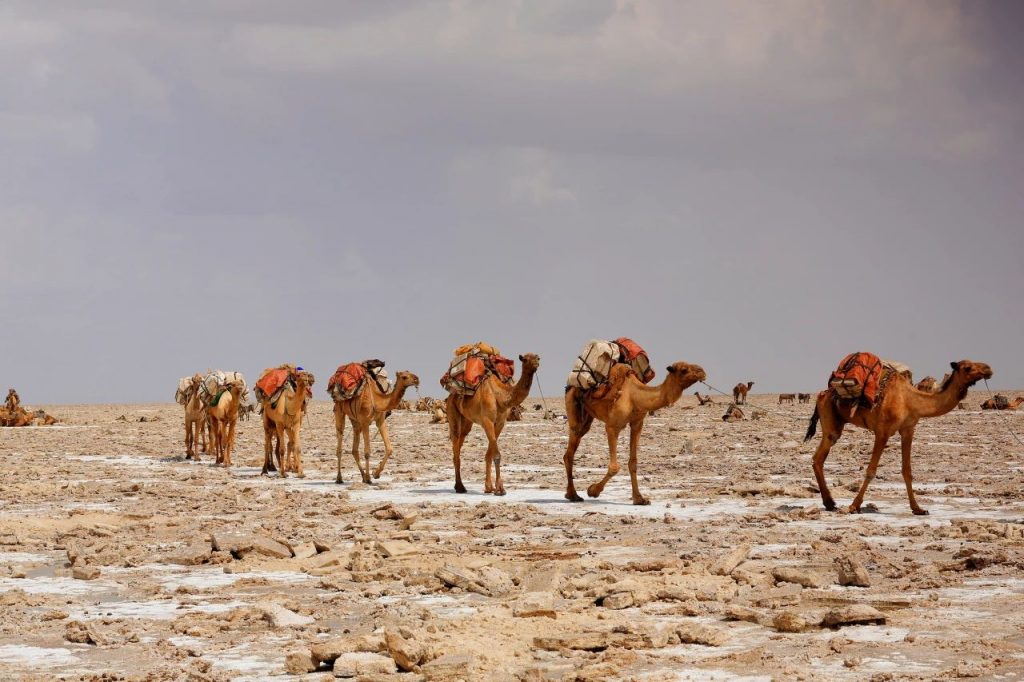
©Image by rweisswald/Shutterstock
10.Timkat

©Dereje/Shutterstock
Tim Carter’s Day is the Epiphany. Starting from January 19, a three-day festival is used to celebrate the baptism of Jesus. On the afternoon before Tim Carter’s Day, priests in full costumes brought a replica of the church ark to a nearby water area, and you can join the team behind them.
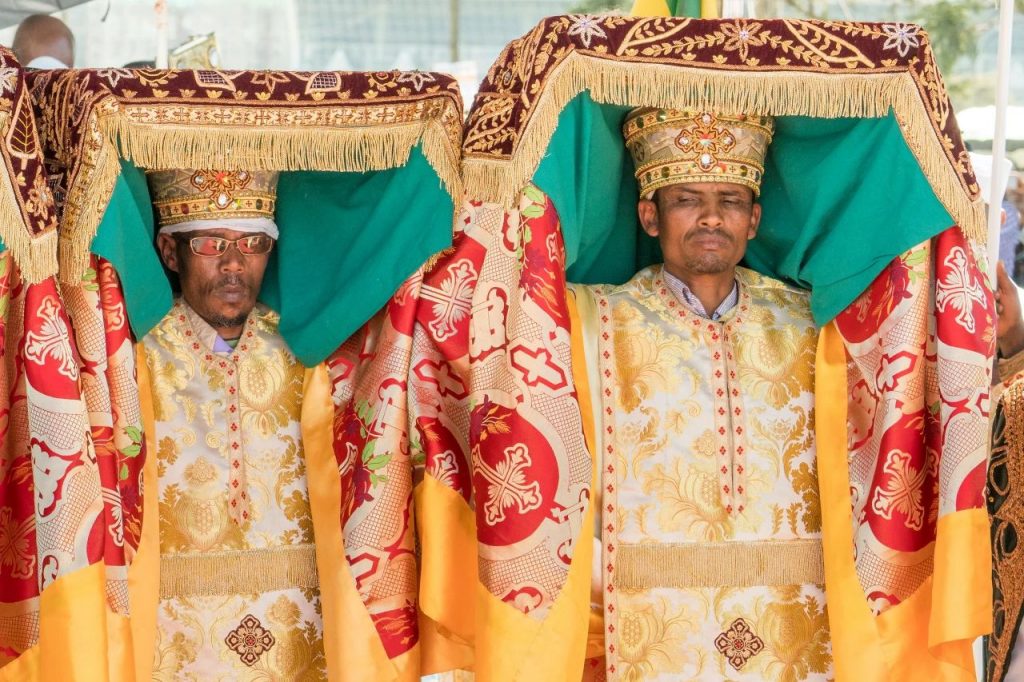
©Image by Dereje/Shutterstock
The next morning, the replica of the ark was taken back to the church by the procession, during which people sang and danced. In Gondar, the historical site of Fasiladas baths will be filled with water, only once a year, just for this colorful festival.
12.Addis Ababa

©Emad Aljumah/Getty Images
Addis Ababa is developing rapidly. The noisy and lively capital of Ethiopia has a warm and pleasant climate, with cloudless blue skies for about 8 months of the year. The city has many cultural highlights, including the Ethnological Museum and the National Museum. Addis Ababa is also known for its lively catering industry and nightlife, with many restaurants, bars, art galleries and nightclubs.
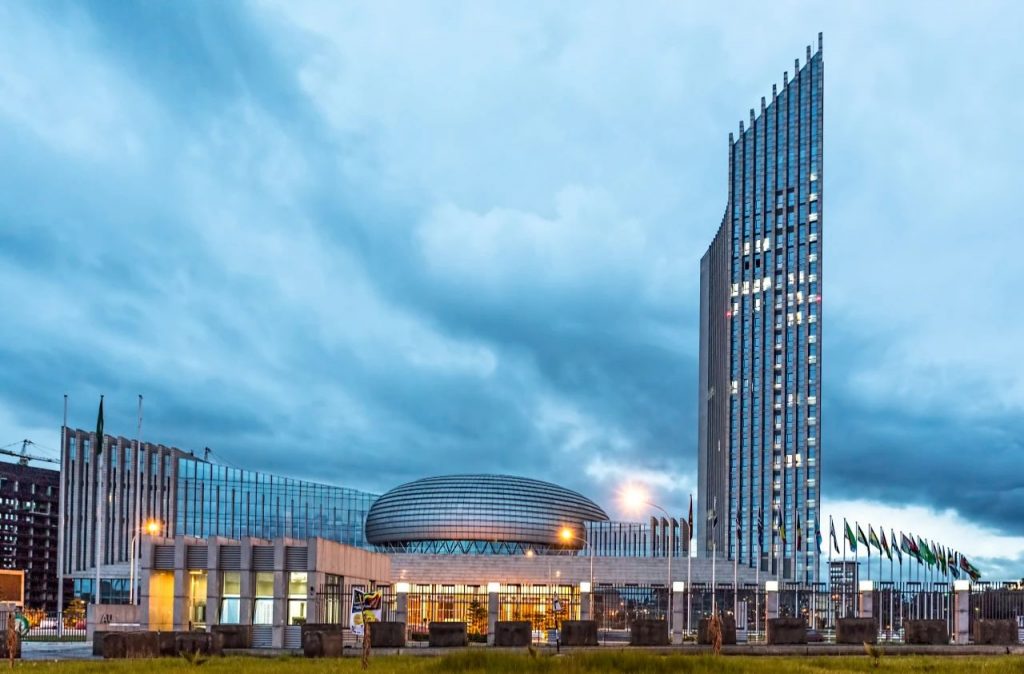
©Image by Dereje Belachew/500px
13. Lower Omo Valley

The Lower Omo Valley is an extraordinary cultural crossroads. From the lips of the Mursi to the gourd hat of the Banna to the body painting of the Karo, traditions are deeply rooted in this land.

Most people think that the dozen or so ethnic groups living here are living a life completely disconnected from modern society. Although this view is wrong, the feeling of strolling in markets and villages or participating in many ceremonies is really a bit like returning. past.
14. Aksum

For 5000 years of history, monoliths have been used as tombstones and monuments to local rulers in northeastern Africa. Axum takes this tradition to the extreme. Like the pyramids in Egypt, the stone pillars of Axum are like giant bulletin boards, showing the world the authority and greatness of the ruling family.

©Image by Anton_Ivanov/Shutterstock
The amazing stone pillars here are huge in scale and in excellent condition. The modern appearance is quite strange, so it is very eye-catching. The stone pillars are carved from a single piece of granite, and later stone pillars have small windows and doors, and even door handles and door locks.
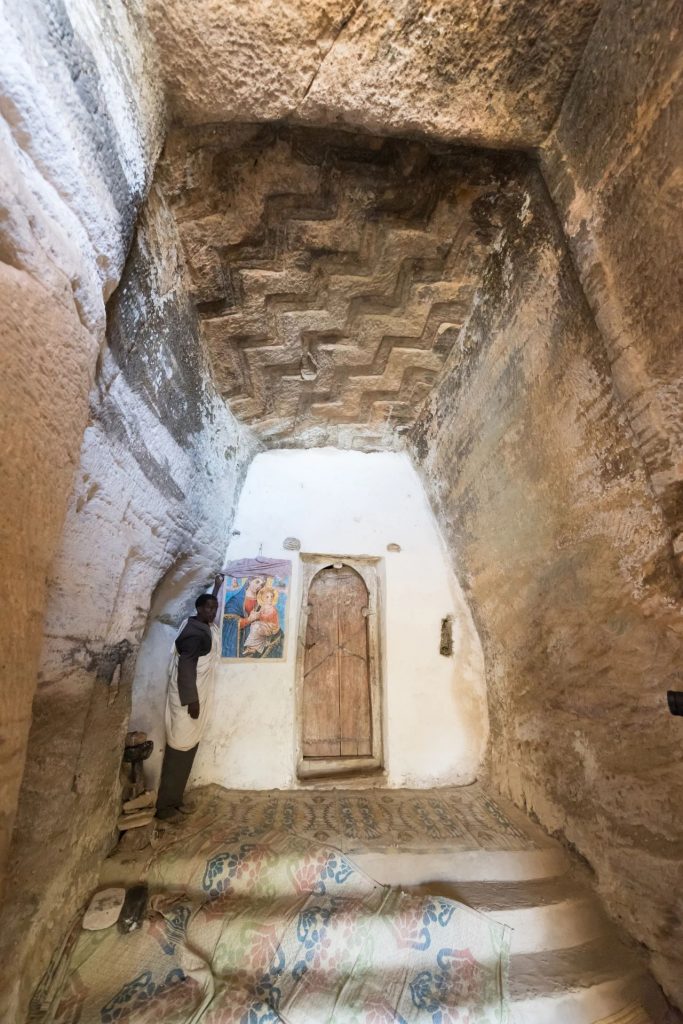
©Image by imeduard/Shutterstock
diet
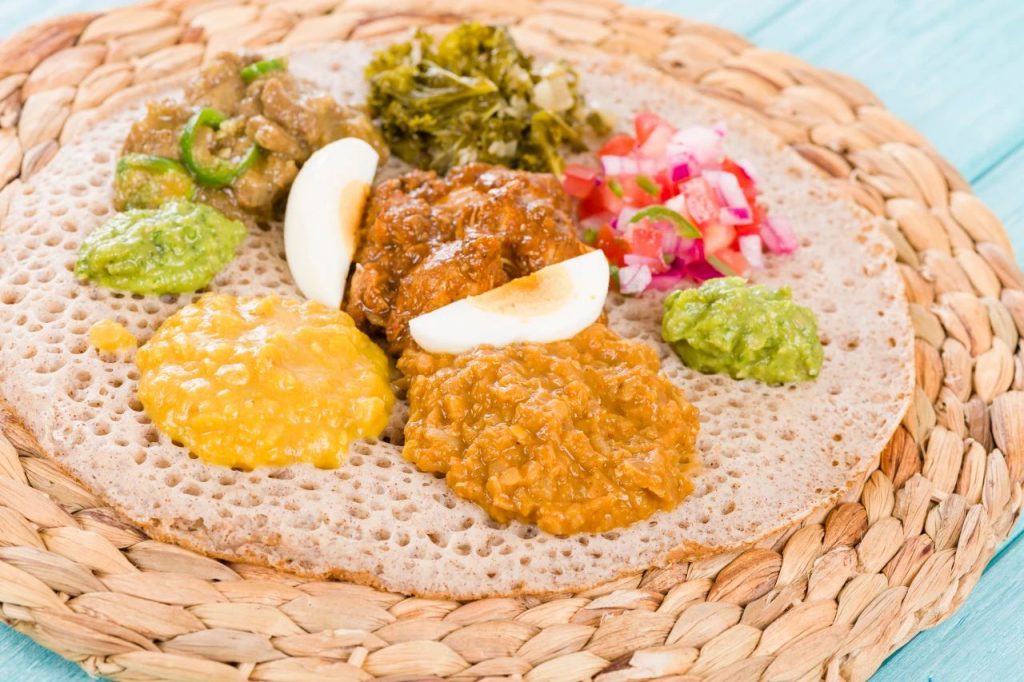
©Image by Paul_Brighton/Getty Images
Ethiopian food and countless cooking methods are not only among the top in the African continent in terms of diversity, but their taste is also completely different from any cuisine you have tried.
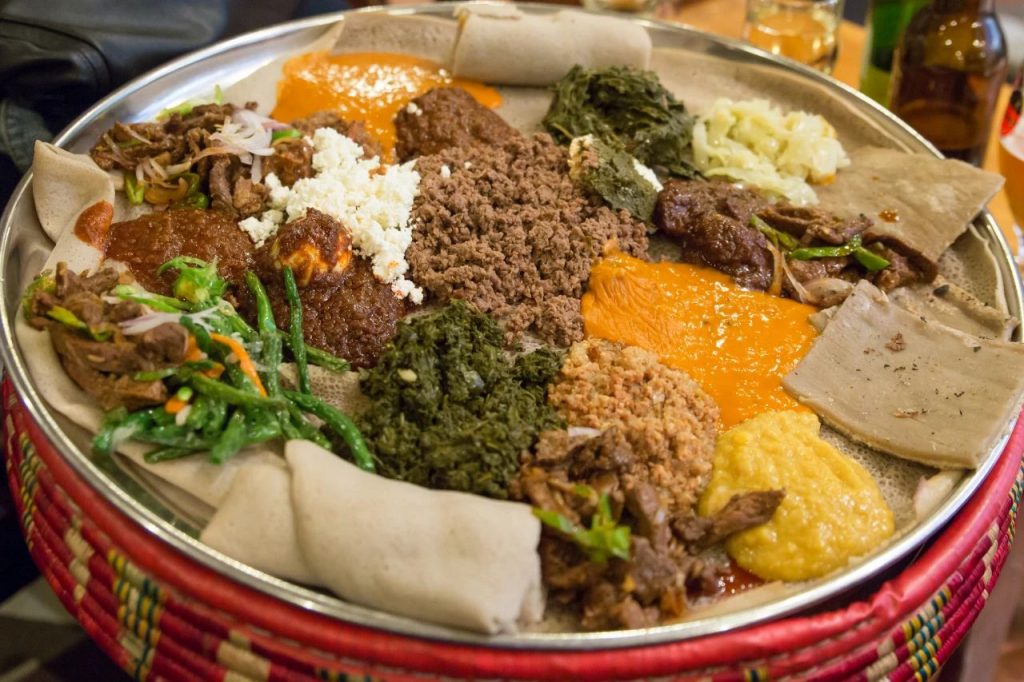
©Image by derejeb/Getty Images
Plates, bowls, and even kitchen utensils have been replaced by injera, which is a unique pancake that can be eaten all over the country. It tastes very springy. On the pancakes are piles of colorful delicacies, such as spicy stew (kai wat), delicious vegetable curry (wat), and even chunks of raw meat (tere sega). Enjoy as much as you want, but remember that there is something left on the plate at the end of a meal. Some places think that not doing so will cause famine.
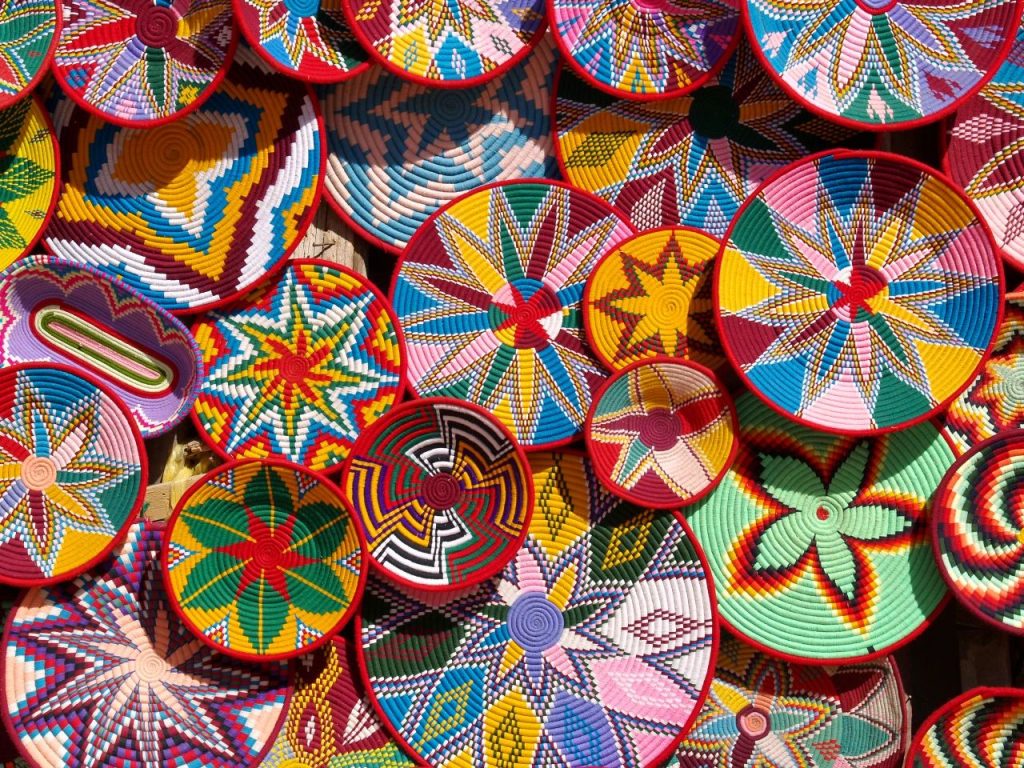
©Image by Evgenii Zotov/Getty Images
Best movies & books before the trip

©Image by Philip Lee Harvey/Lonely Planet
In Search of Myths and Heroes Michael Wood (Michael Wood) spent a lot of money to shoot the first film in the series, searching for the truth behind the legend of the Queen of Sheba. Lost Kingdoms of Africa Dr. Gus Casely Hayford explores the civilization and legends of ancient Ethiopia. The Great Rift: Africa’s Wild Heart is a carefully crafted work featuring the Great Rift Valley and the wildlife there.
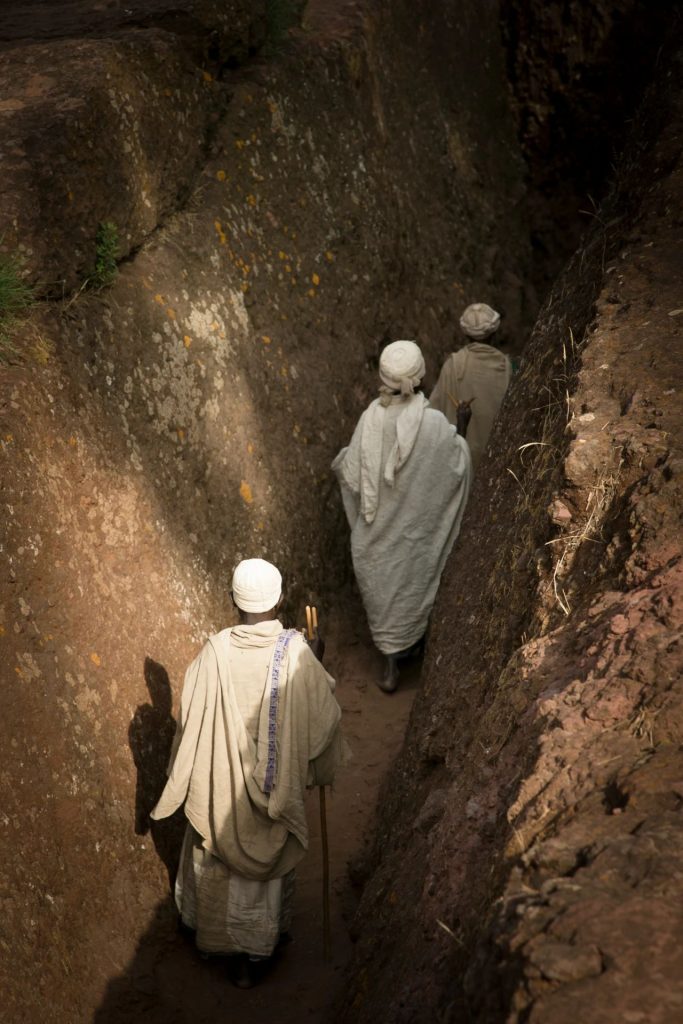
©Image by Philip Lee Harvey/Lonely Planet
The Chains of Heaven by Philip Marsden. If you only read a book about Ethiopia, choose this one. The author walks through the plateaus of northern Ethiopia, in the process Presents a lot of Ethiopian culture and history. Sheba: Through the Desert in Search of the Legendary Queen (Nicholas Clapp) by Nicholas Clapp, successfully combined personal travels and in-depth travel through Ethiopia, Yemen and other regions A combination of academic research and introduction of famous figures in history.
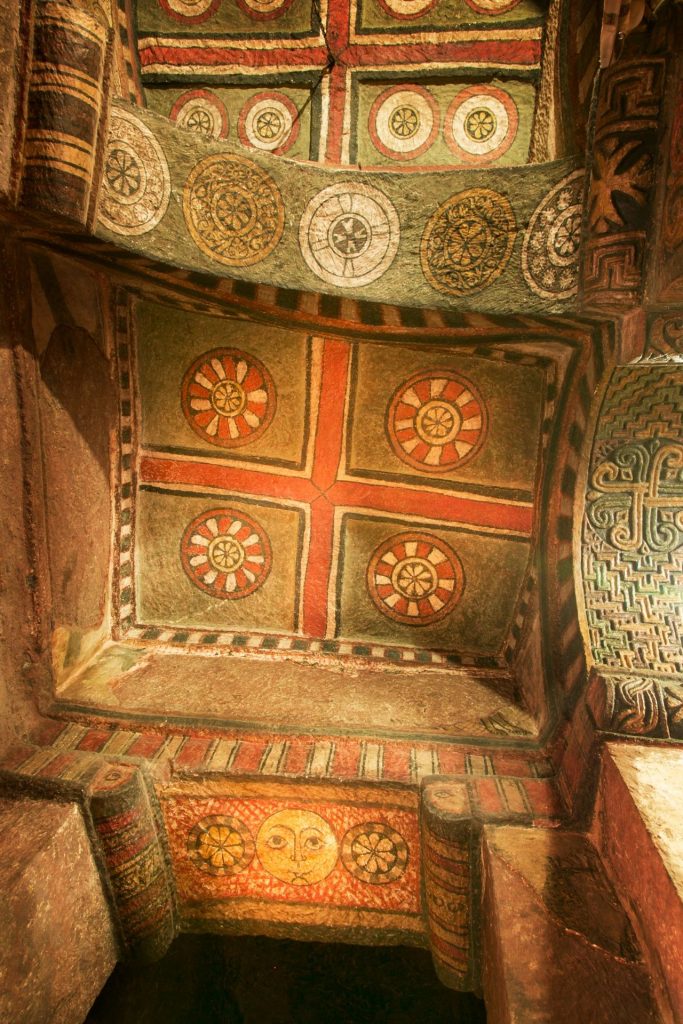
©Image by Philip Lee Harvey/Lonely Planet
Comments